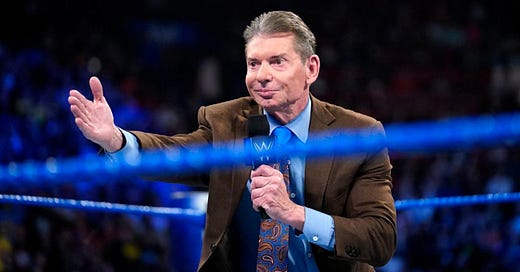Huddle Up is a 3x weekly newsletter that breaks down the business and money behind sports. Subscribers include investors, professional athletes, team owners, and casual fans. So if you are not already a subscriber, sign up and join 79,000+ others who receive it directly in their inbox each week — it’s free.
© 2025 Substack Inc
Substack is the home for great culture


